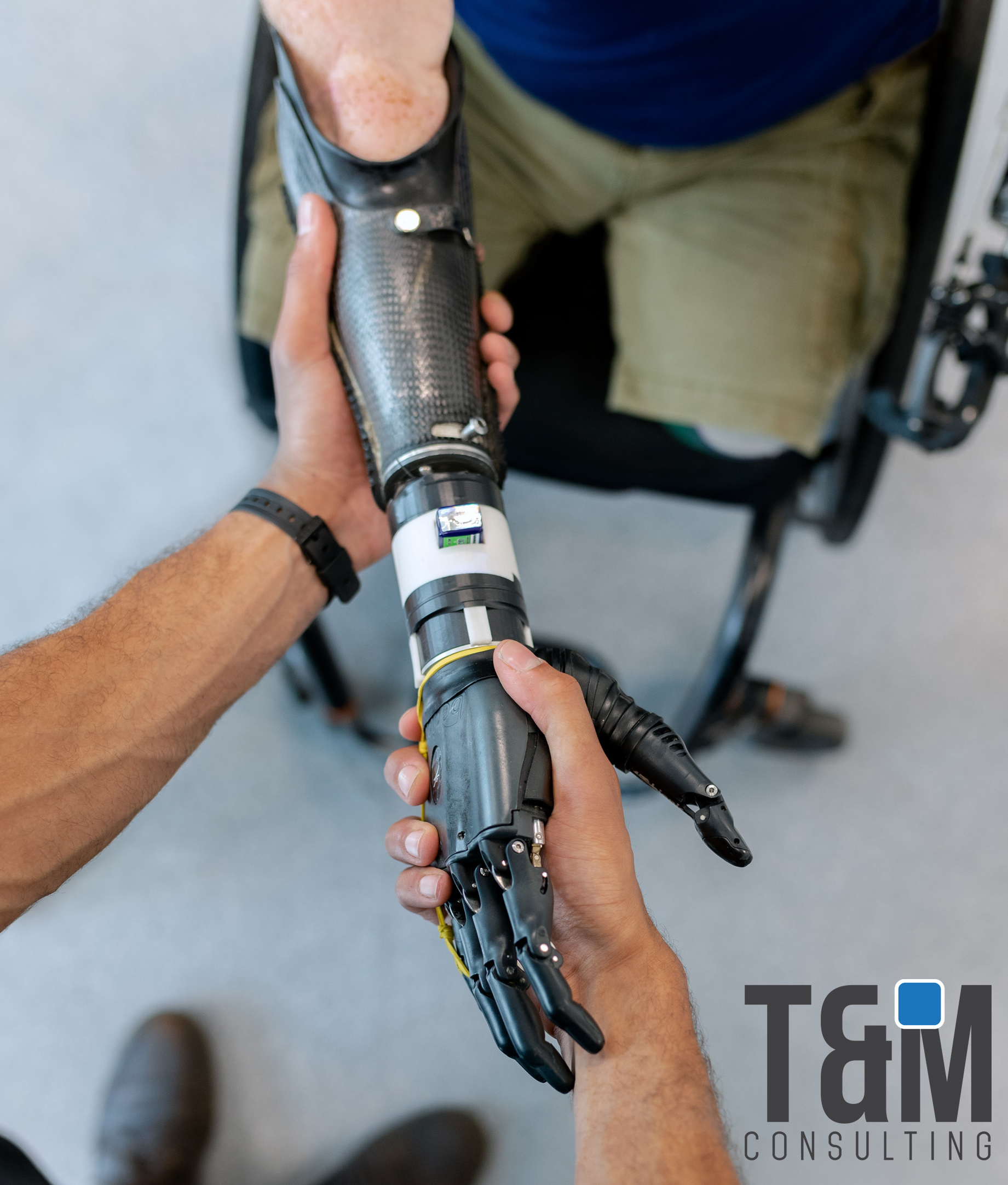Robotics
A robotic arm with emotions

Can you imagine a robotic arm that has emotions? It already exists, this device has a set of electrodes capable of stimulating the wearer's brain.
Designed at the University of Pittsburgh in the USA, it allows not only to manipulate it with the mind, but also to transmit tactile sensations to the user. For the researchers, the biggest challenge was to obtain successful results with the brain computer, rather than to remotely control the robotic arm.
Prosthetic arms controlled by a brain-computer interface can help people with tetraplegia to perform functional movements. Until now, the feedback received was limited because information about grasping objects is best transmitted by tactile feedback.
The researchers coupled both functions, succeeding in receiving tactile perceptions evoked by a bidirectional brain-computer interface, which records neural activity of the motor cortex and generates tactile sensations by intracortical microstimulation of the somatosensory cortex.
Clinical trial times were satisfactory, reducing by almost 50% the time required for a person with tetraplegia to perform specific movements, significantly increasing performance with the robotic limb. Primarily, less time is spent trying to grasp objects, people with such a disability could perform tasks with optimal performances.
"The sensation gave me that security and confidence knowing that I definitely had a good grip on the object and could lift it," explained Nathan Copeland, who has been part of the study on a volunteer basis for 6 years.
Movements such as grasping a glass or small objects such as stones can be difficult, but thanks to the robotic prosthesis, it can not only be done, but also felt as if it were the hand itself doing it.
The secret lies in the electrodes, which the team grafted onto his brain, a pair of sets of 88 electrodes, which are the width of a hair, all the way to the motor cortex. In addition to the set of electrodes connected to the somatosensory cortex, which receives and processes sensations.
The pandemic has not slowed down the work of the researchers, who have moved to Nathan's home to perfect the movements.
27 de Julio, 2021





